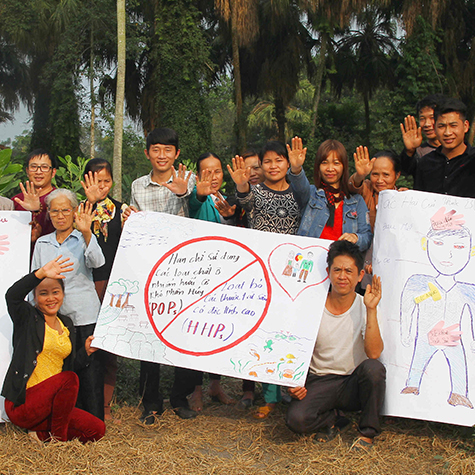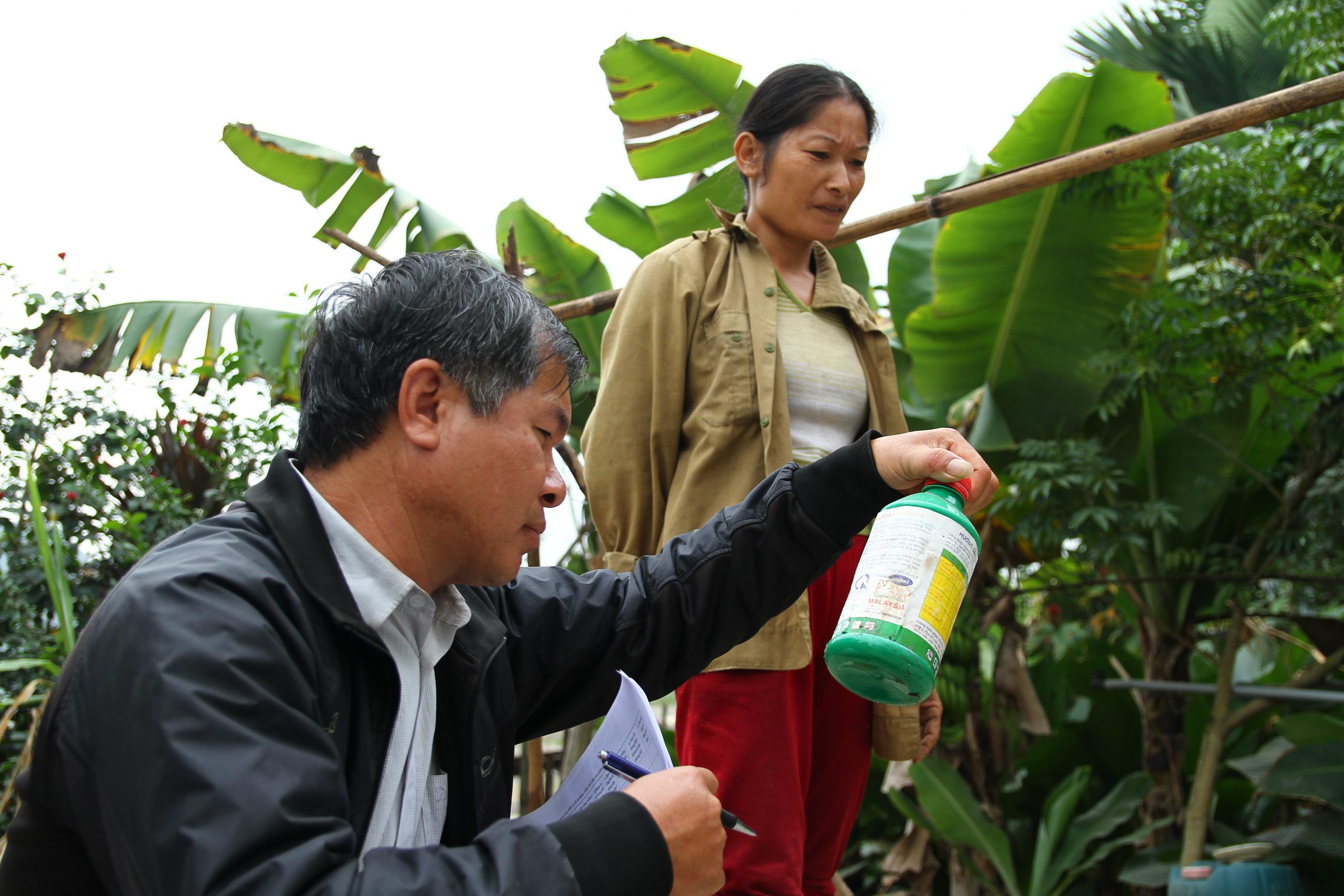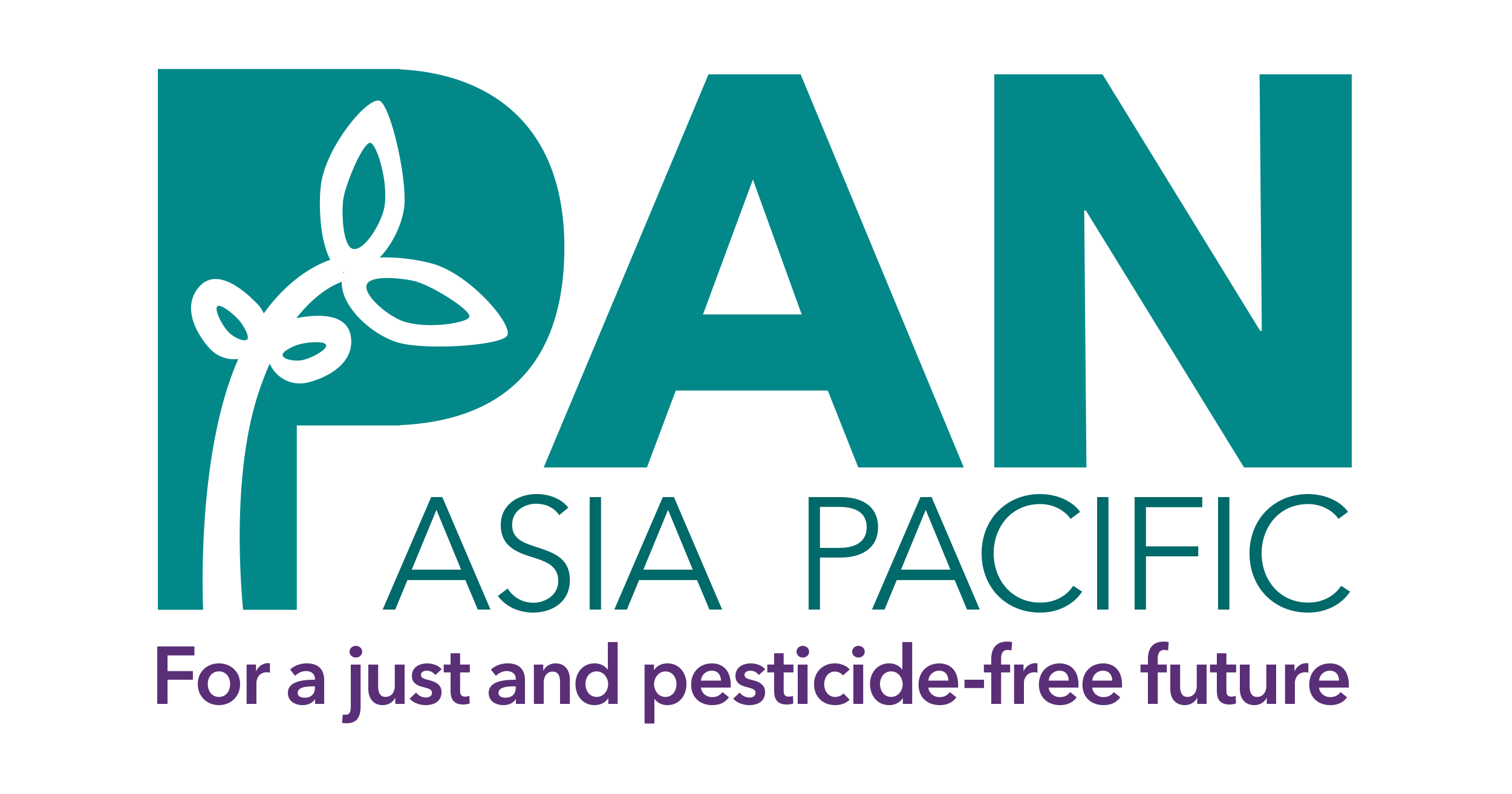
Despite being a major health and environmental threat, there is no global mechanism that effectively regulates the use of pesticides. Existing regulations are voluntary and non-binding, or just limited to a few pesticides.
PANAP is calling for a progressive ban on Highly Hazardous Pesticides and a global governance mechanism on pesticides. PAN also comes up with an annual list of banned pesticides based on official data from 98 countries.

Community Pesticide Action Monitoring is a Participatory Action Research approach developed by PANAP to document and create awareness of pesticide impacts on human health and the environment.

Mailing Address:
48, Persiaran Mutiara 1, Pusat Komersial Bandar Mutiara, 14120 Simpang Ampat, Penang, Malaysia
Telephone: +604 5022337
Mobile: +6011 59233183
Email: info@panap.net